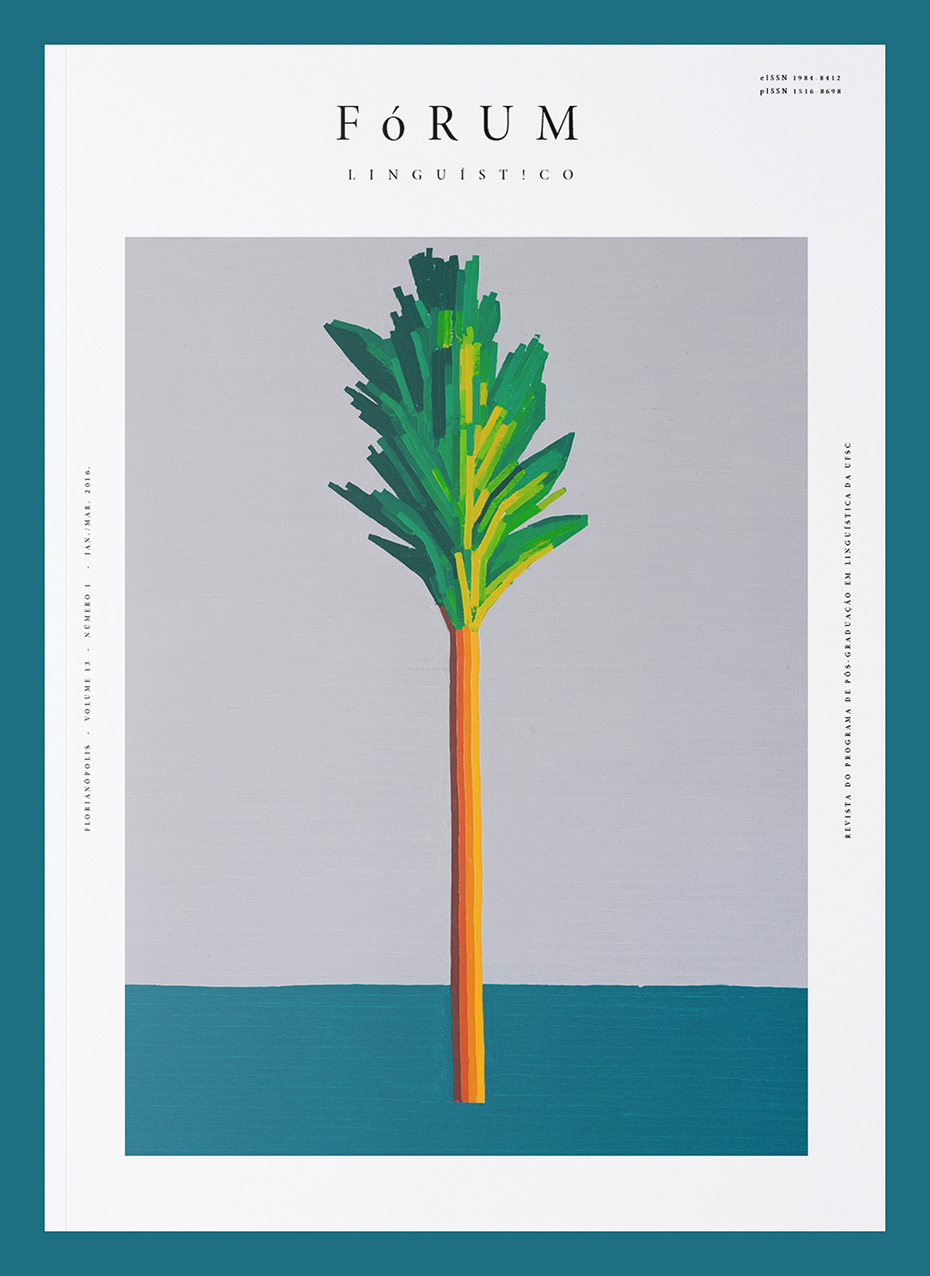The passive structure in an acquisition corpus
DOI:
https://doi.org/10.5007/1984-8412.2016v13n1p1009Abstract
The aim of this paper is to describe the passive structure through an acquisition corpus, accounting and typifying the passives that arise in children’s and adults’ spontaneous speeches as they interact with each other. Given that in the field of language acquisition several studies point out to eventual delays in the passive acquisition, we tried to verify if, in the European Portuguese, this structure would emerge late, and what would the passive type to first emerge. Once the collection of all the passive present in the corpus was made, we started the analysis. The data collected show that children produce passive stative, and only then they produce eventive and resultative passives. The type of passives children produce earlier and in a larger scale is the one that is produced more often by adults who interact with them. In other words, the stative passive. We can also highlight the very early age in which these constructions start to be produced (before they are two or three years old).Downloads
Published
2016-03-29
Issue
Section
Article



